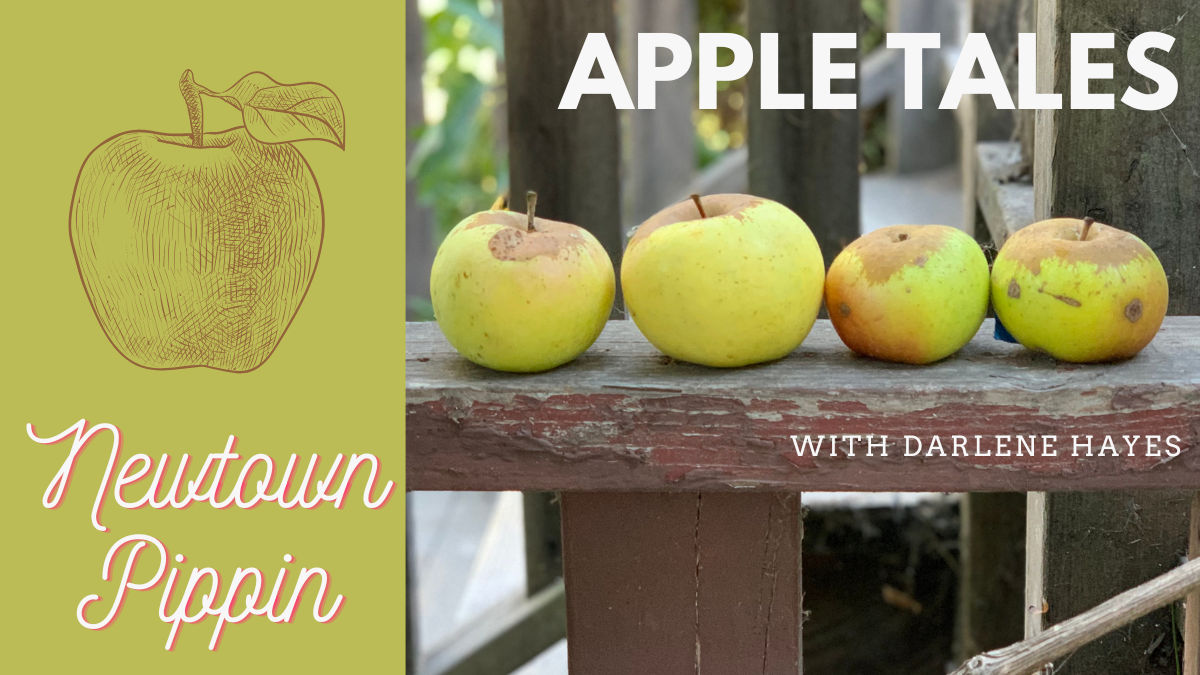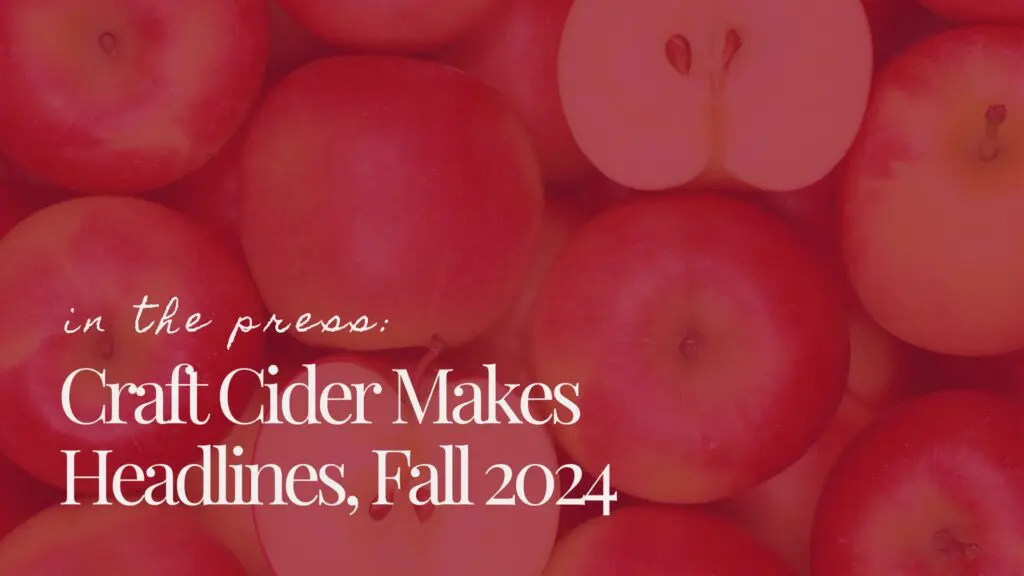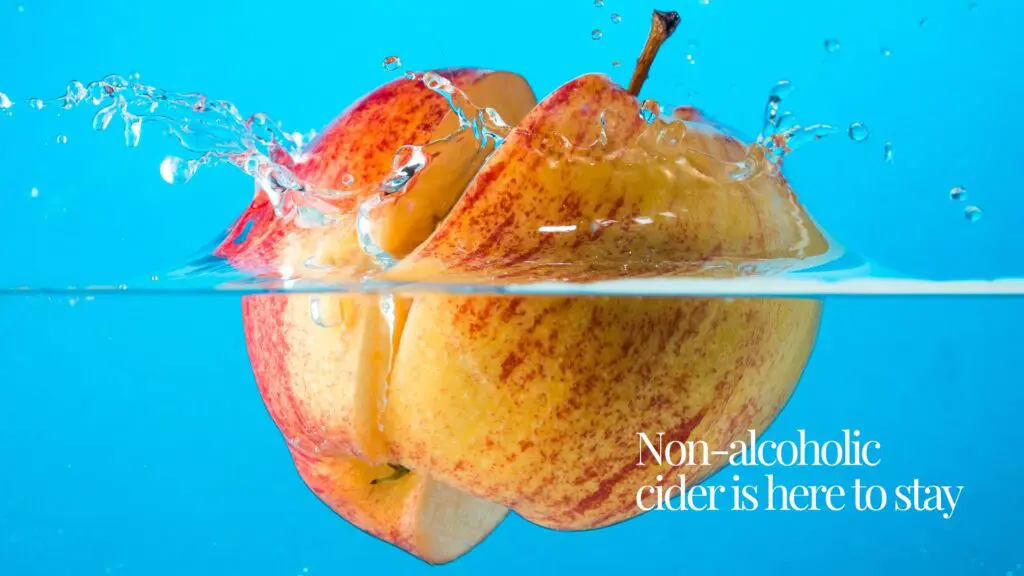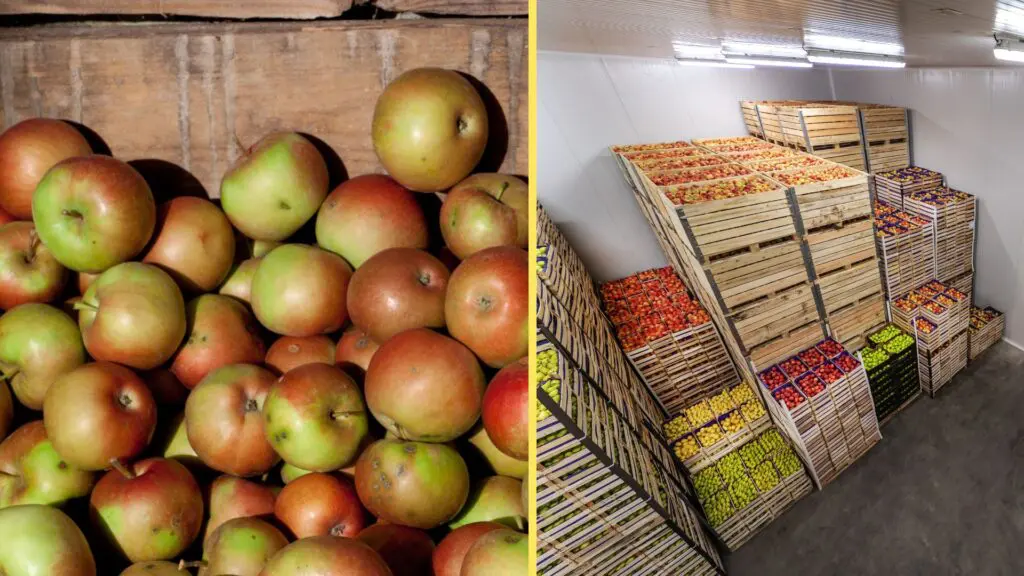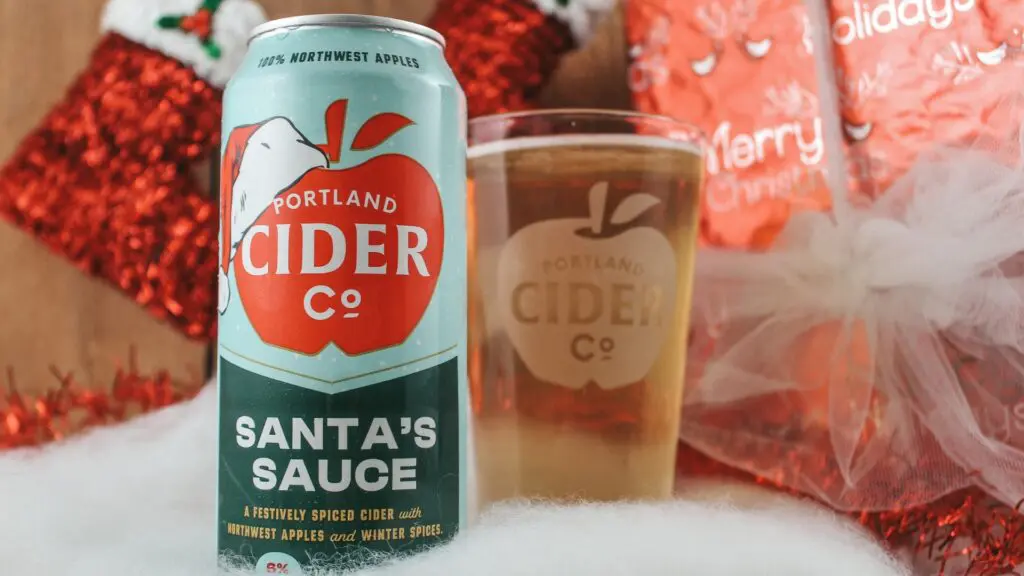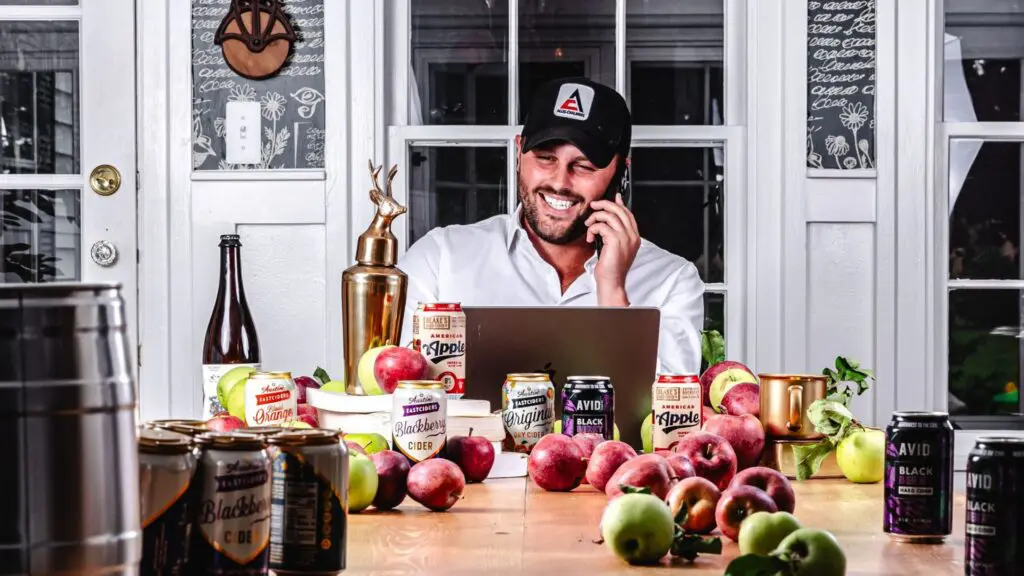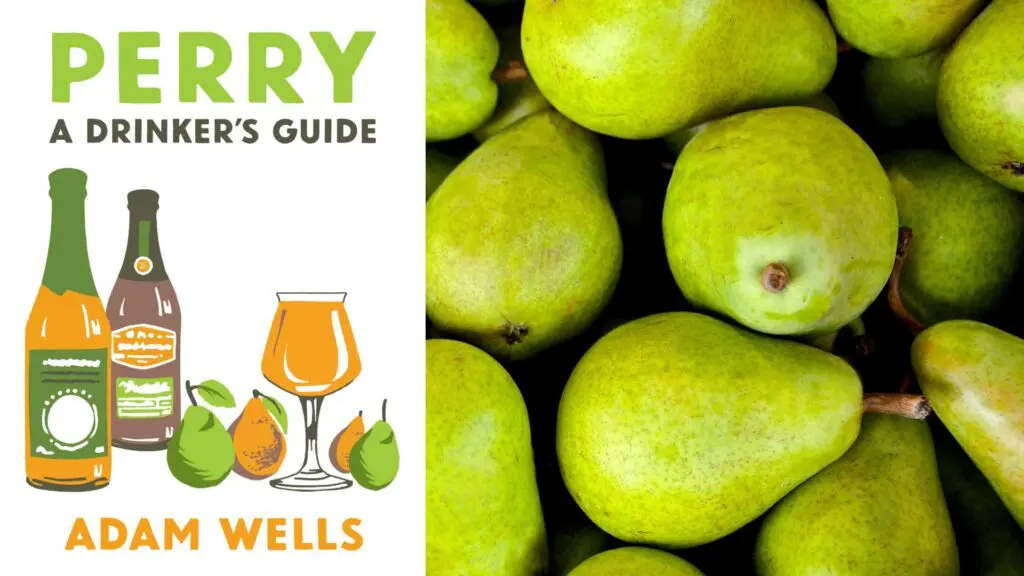Apple Tales with Darlene Hayes
The global trade in fresh fruit amounts to about 80 tons a year with a value of roughly $75 billion. This mass globalization of the fruit trade is relatively modern phenomena, however, and there’s an argument to be made that it was pioneered by an apple — and an American apple at that — the remarkable Newtown Pippin.
Newtown Pippin was born on Long Island in the village of Newtown (now Elmhurst in Queens County, N.Y.) on land owned by the children of Rev. John Moore, one of the village’s founders. Just whose property is unclear, as historical counts differ, but it was either Moore, or his sons, Gershom or Samuel.
Rev. John Moore helped found Newtown in the 1640s, and the original tree was probably planted not long after. Several of the younger Moores began the 18th century by moving away from Newtown to land between the Hudson and Delaware rivers (which later became New Jersey), probably bringing Newtown Pippin with them, though nothing in the documentary record to confirm this has been found so far. Long Island’s land was finite and already largely spoken for, and since farms had to be a minimum size to support even one family, eventually younger sons were forced to move elsewhere if they wanted farms and families of their own.
What the Moore family had undoubtedly figured out was that not only was Newtown Pippin a tasty apple, it was a perfect apple for shipping, firm enough that it could be packed into barrels without bruising. It not only kept well for months, even without refrigeration, but got more complex and aromatic with time. Other farmers saw the benefits as well, and by the mid-18th century, advertisements for land with bearing orchards of Newtown Pippins were appearing in various colonial newspapers up and down the mid-Atlantic coast, from northern New York to southern Virginia. As well, nurserymen were advertising grafted trees for sale, significant in an era when planting a new orchard from seed was commonplace. The apples were sold in nearby towns, but also packed and shipped to the plantations in the Caribbean where land was more profitably used for sugar production, not food.
Then, in 1758, Benjamin Franklin, living in London, wrote home to his wife Deborah asking her to send him some apples, Newton Pippins in particular, making them the first American apples to cross the Atlantic. Franklin was happy to share them with his friends, of which he had many, and they responded enthusiastically to this tasty fruit from afar. Franklin’s friends in turn shared them with others and wrote to their own contacts in North America for more apples, scion wood and grafted trees.
By the 1770s, orchardists across Great Britain were trying to grow their own Newtown Pippins — and largely failing. That apple wasn’t meant for England’s cooler, damper climate. Even prominent horticulturalist William Forsyth, superintendent of the Royal Gardens at Kensington and St. James Place, admitted that “[t]he New-Town Pippin is a fine apple in good season, but seldom ripens with us.” Enterprising merchants set about importing apples instead. The demand did nothing but increase after 1834 when Andrew Stevenson, Minister to the U.K. under Andrew Jackson, and his wife Sally sent the newly crowned Queen Victoria a basket of Newtown Pippins grown in their home state of Virginia (where they went by the name Albermarle Pippin). The apple proved to be such a delight to the royal household that the excise duty applied to the importation of apples was lifted for that variety only.
With a ready and enthusiastic market available, American farmers planted Newtown Pippins by the thousands. The apple traveled west as European settlers did, and really took hold in the western states because of their ready access to international shipping channels. Newtown Pippins arrived in Oregon with Henderson Lewelling in 1847 and spread from there, north to Hood River, for example, where exports started in the 1890s. They are still grown there today.
Newtown Pippin headed to California, too, arriving in the 1850s in the Pajaro Valley near Watsonville, an hour and half south of San Francisco. Exports from the area started in the 1870s, first to the fast growing city of San Francisco, then farther afield to Great Britain and its colonies in Australia and Asia. It also became the signature apple of S. Martinelli & Company, which started in the 1880s as a fermented cider business. Newtown Pippin was, and still is, the mainstay of Martinelli’s cider, so even as exports eventually fell off in the mid-20th century, farmers kept those old trees in the ground instead of replanting with fancy new market varieties like Honeycrisp.
The popularity and importance of Newtown Pippin cannot be underestimated. It has not only been grown on a commercial scale continuously in the U.S. for the last 300 years, but in South Africa, New Zealand and Australia as well. And though today you are more likely to find it as a fresh apple at a farmer’s market or roadside fruit stand, there are still a significant number of Newtown Pippin orchards around, meaning Newtown Pippin is one of the most widely available single varietal ciders in the country. I’ve tried many over the last five years and have almost always found something enjoyable about them. As a rule, they have moderate acid levels and often a savory herbal quality and tropical fruit notes, especially when the apples have been grown in a warmer climate.
Scar of the Sea Wines – San Luis Obispo, Calif.
Dry; lemon juice, lemongrass, melon, dried apple, dried pear, dried thyme; sparkling
2018 | 8% ABV
Haykin Family Cider – Aurora, Colo.
Semi-dry; ripe yellow apple, ripe pear, pear sauce, lemon, honey, ripe peach; sparkling. (Apples grown in Yakima, Wash.)
2017 | 6% ABV
South Hill Cider – Ithaca, N.Y.
Dry; green apple, green apple skin, green plum, dried apple, slight bitterness; sparkling
2019 | 8.6% ABV
Potter’s Craft Cider – Charlottesville, Va.
Dry; fresh green apple, mango, allspice, green pear, thyme, toast, bread dough, smoke, slightly bitter; sparkling
2020 | 8.4% ABV
Tanuki Cider – Santa Cruz, Calif.
Dry; tart yellow apple, lime zest, lemon pith, dried herbs; sparkling
2020 | 8.5% ABV
Ethic Ciders – Sebastopol, Calif.
Dry; cardamon, nutmeg, mango, lemon rind, honeysuckle, nectarine, pineapple, rose; sparkling
2021 | 7.5% ABV
Golden State Cider – Sebastopol, Calif.
Dry; hay, dried twigs, ripe yellow apple, lemon rind, dried thyme, melon; sparkling
2021 | 7.9% ABV
Two Broads Cider – San Luis Obispo, Calif.
Dry; fresh yellow apple, pineapple, fresh thyme, fir tips, lemon, apricot, pear skin; petillant;
2019 | 8.5% ABV
A longer form of this article first appeared at allintocider.com.

